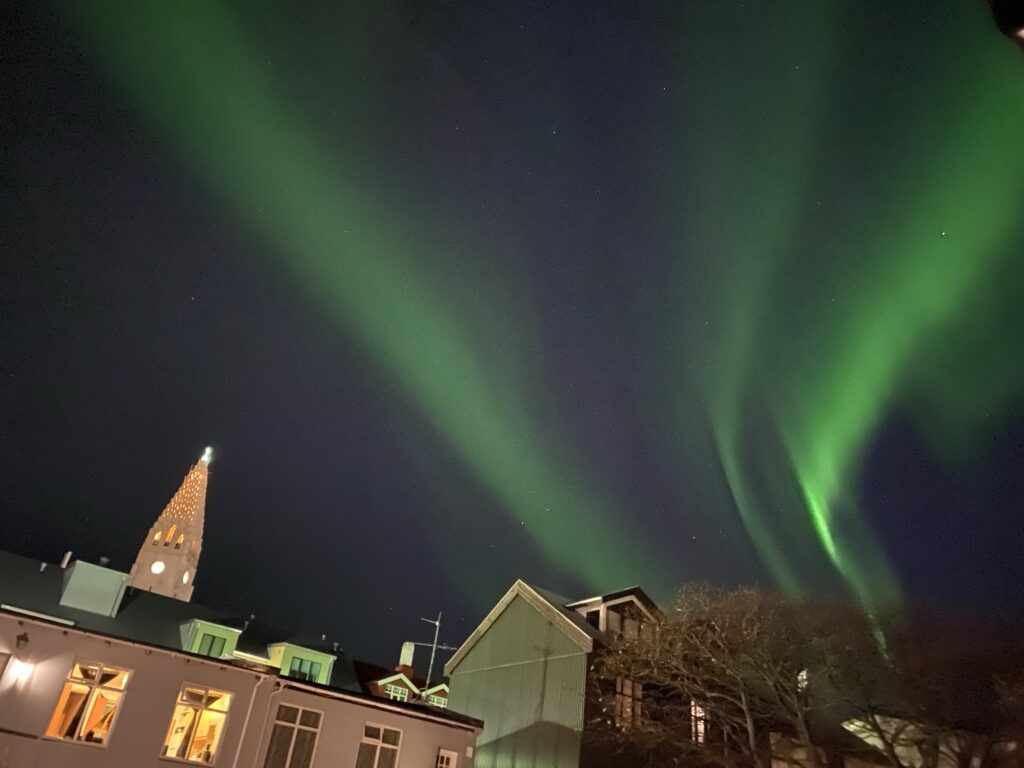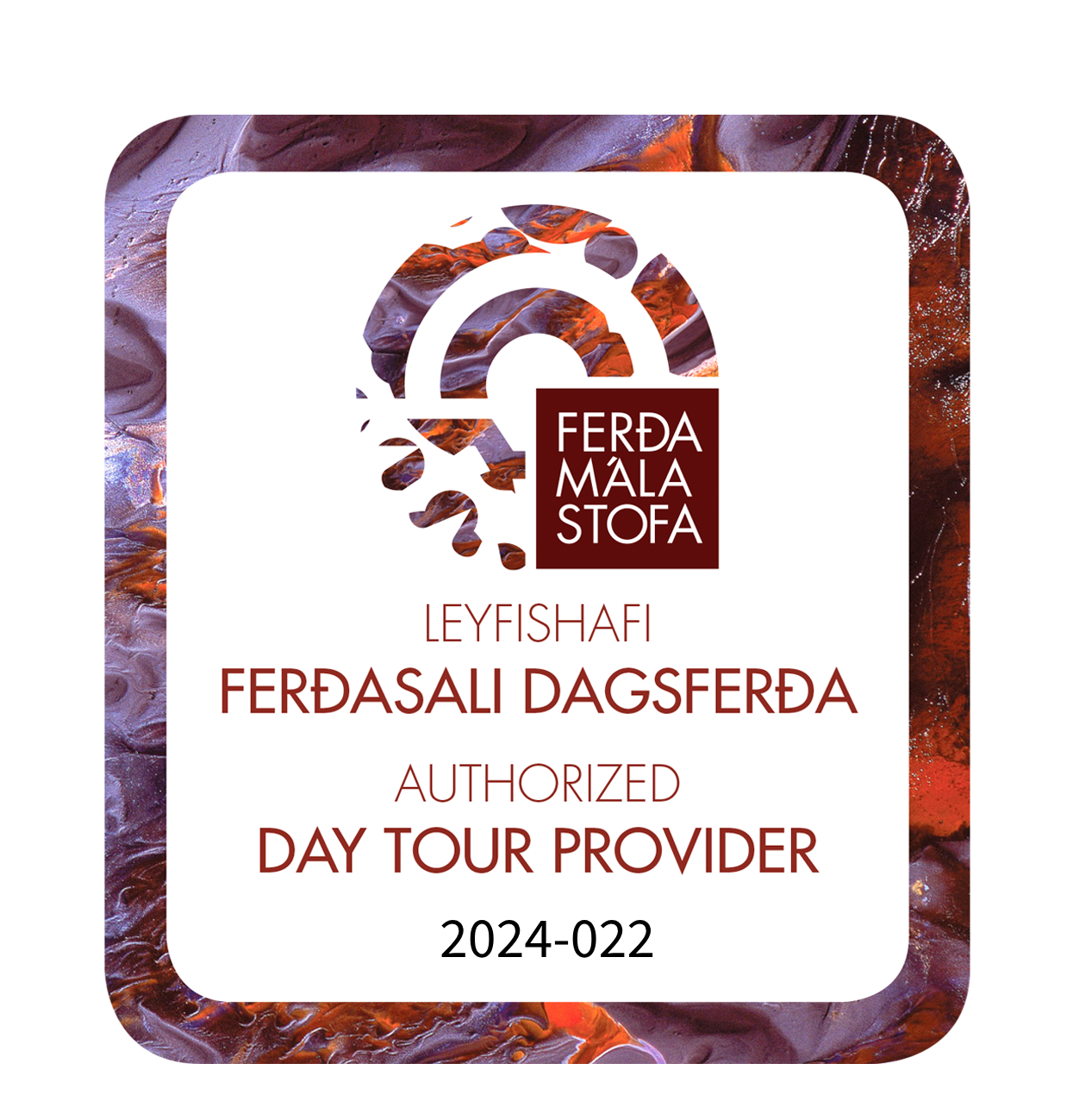
As the days get shorter and the air becomes crisper, the Icelandic skies are becoming vibrant hues of green, pink, and purple. It’s that time of year again – the Northern Lights season is returning, offering both locals and travellers a front-row seat to one of nature’s most breathtaking shows.
The Natural Wonder of the Northern Lights
The Northern Lights, scientifically known as the Aurora Borealis, are a natural light display that occurs predominantly in high-latitude regions near the Arctic and Antarctic. Iceland, situated just below the Arctic Circle, is one of the prime locations in the world to witness this celestial spectacle.
When Does the Season Begin
The Northern Lights season in Iceland typically kicks off in late August and extends through April, with the peak viewing months being from September to March. During this time, the long winter nights provide ample darkness, which is essential for optimal Northern Lights viewing.
Ideal Conditions for Viewing
Several factors contribute to the appearance and visibility of the Northern Lights, making Iceland an ideal location:
- Minimal Light Pollution: Outside of Reykjavik and other major cities, Iceland’s rural areas are free from light pollution, offering clear and unobstructed views of the night sky.
- Geographic Location: Iceland’s proximity to the magnetic North Pole increases the likelihood of Northern Lights displays, making it a prime destination for aurora hunters.
- Weather: Clear, cold, and crisp nights with minimal cloud cover enhance the chances of witnessing the Northern Lights. However, patience is key, as weather conditions can change rapidly in Iceland.
Where to Go
While the Northern Lights can be seen throughout Iceland, some locations are particularly popular for their stunning vistas, low light pollution and relative accessibility:
- Thingvellir National Park: This UNESCO World Heritage Site offers a picturesque setting with its rugged landscapes and the Silfra Fissure, where you can snorkel between tectonic plates during the day and chase auroras by night.
- Jokulsarlon Glacier Lagoon: This icy wonderland in southern Iceland provides a unique backdrop for Northern Lights photography, as the dancing lights reflect off the crystal-clear waters of the lagoon.
- Akureyri: Iceland’s second-largest city in the north boasts a vibrant cultural scene and excellent opportunities for Northern Lights viewing.
- Snæfellsnes Peninsula: Known as “Iceland in Miniature,” this area on the west coast combines stunning landscapes with Northern Lights potential.
Tips for Northern Lights Chasers
Here are some tips for making the most of your Northern Lights adventure in Iceland:
- Check the Forecast: Keep an eye on Aurora forecasts to maximize your chances of witnessing the lights.
- Be Patient: The Northern Lights are a natural phenomenon, and there are no guarantees. Be prepared to spend several nights trying to catch a glimpse.
- Dress Warmly: Iceland can get bitterly cold at night, so layer up and wear insulated clothing.
- Use a Good Camera: If you’re into photography, bring a camera with manual settings to capture the lights’ beauty.
The return of the Northern Lights season to Iceland is an event eagerly anticipated by locals and travellers alike. It’s a reminder of the Earth’s incredible natural beauty and a chance to witness a celestial dance that has captivated people for centuries. So, bundle up, pack your camera, and head to Iceland to experience the wonder of the Northern Lights for yourself.
